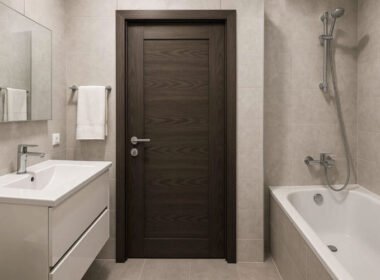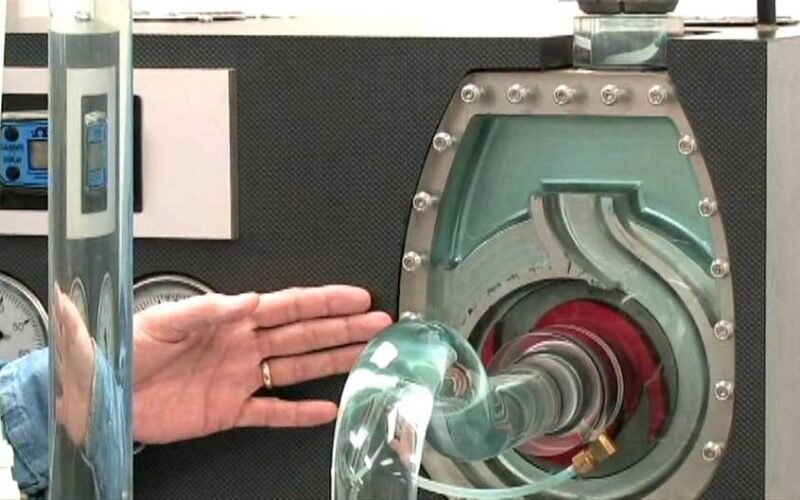Most people have used some form of pumps before, maybe the one in your swimming pool or the sump pump in your basement. But have you ever wondered why some pumps need to be “primed” while others seem to start working all on their own? That’s where self-priming pumps come in, and they’re pretty clever pieces of engineering.
Unlike regular centrifugal pumps that can be disrupted by air in the system, self-priming pumps can handle a certain amount of air and still perform the job effectively. They’re like the reliable friend who doesn’t need constant hand-holding to perform their task.
The Basic Principle Behind the Magic
As for regular pumps, they’re designed to move liquid, not air. When air gets into the system, they basically give up and stop working. It’s frustrating, right?
So, when looking at how self-priming pumps work, the self-priming pumps solve this problem by being smart about handling both air and water. They create their own suction by using a combination of centrifugal force and a specially designed casing that separates air from liquid. Think of it as having a built-in problem-solver that deals with air bubbles before they can cause trouble.
How the Separation Process Works
When you start up a self-priming pump, the impeller begins spinning, creating a vortex that draws the air-water mixture into the pump. But here’s where it gets interesting – the pump housing is designed with a special separation chamber.
This chamber functions like a settling tank, where heavier water droplets settle to the bottom while lighter air bubbles rise to the top. The water then recirculates back through the impeller, while the air gets pushed out through a discharge valve or vent. It’s like having a tiny water treatment plant right inside your pump.
Key Components That Make It All Possible
Your self-priming pump has several important parts working together:
- The impeller – spins to create the initial suction and circulation
- The volute casing– specially shaped to promote air-water separation
- The suction chamber – where the magic of separation begins
- Check valves – prevent backflow that could break the prime
- Priming chamber – stores liquid to help restart the process
Each component plays a crucial role. Without any one of them, you’d basically have an expensive paperweight instead of a functioning pump.
The Priming Process Step by Step
When you first install your pump, you’ll need to fill the suction line and pump casing with liquid – this is called “initial priming.” Don’t worry, you only have to do this once if everything’s working properly.
Once you start the pump, the impeller begins moving the liquid-air mixture. The separation process kicks in immediately. Within a few minutes, the air gets expelled and you’re left with a steady flow of liquid. The pump maintains its prime as long as it’s operating correctly and doesn’t lose its liquid seal.
Why Choose Self-Priming Over Regular Pumps?
Self-priming pumps save you time and frustration. No more climbing ladders to pour water into your pump every time it loses prime. They’re perfect for applications where the pump might be located above the liquid source or where air might occasionally enter the system.
You’ll find them incredibly useful for swimming pools, irrigation systems, and emergency drainage situations. They’re particularly valuable when you need reliable operation without constant maintenance or manual intervention.
Getting the Most From Your Self-Priming Pump
Keep your pump’s suction line as short as possible and ensure all connections are airtight. Even small leaks can cause problems with maintaining prime. Regular maintenance, like checking seals and cleaning the impeller, will keep your pump running smoothly for years to come.






